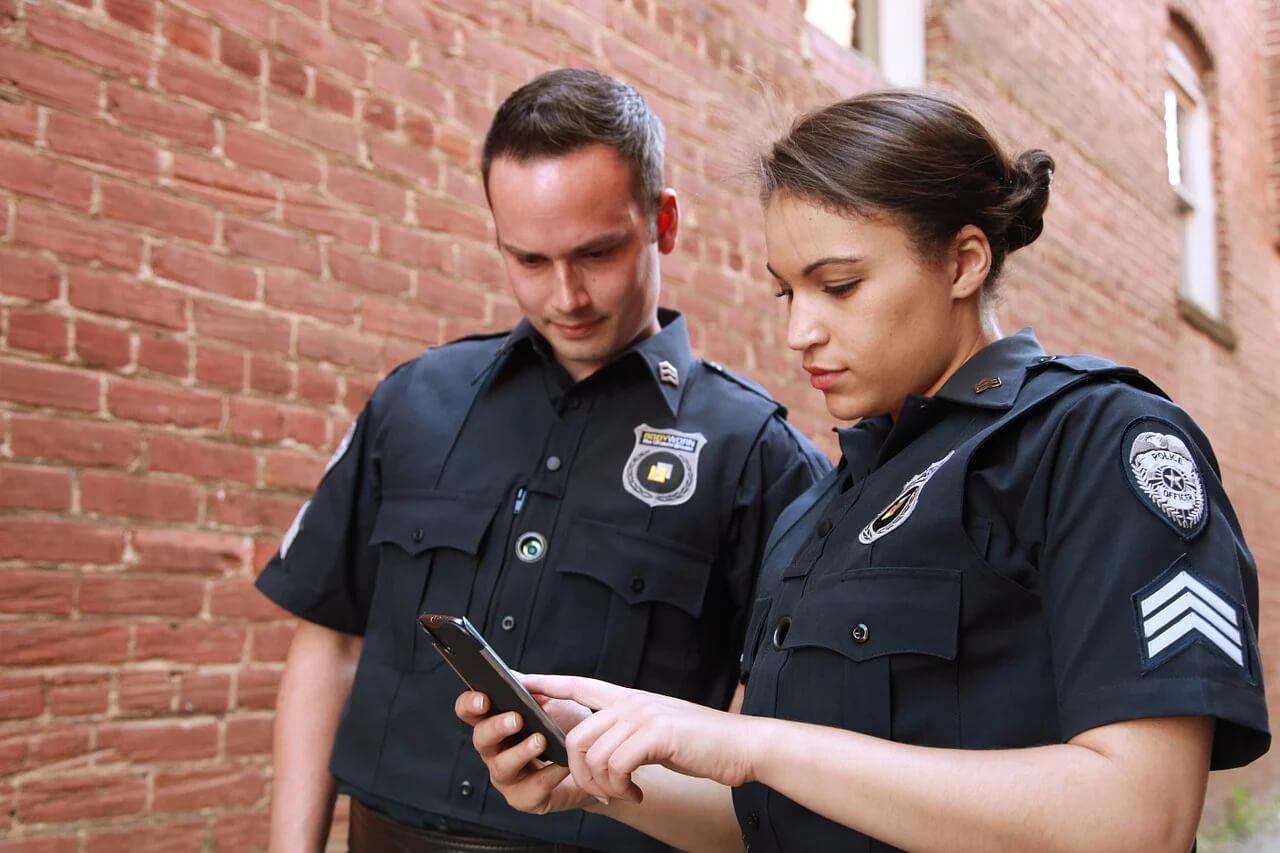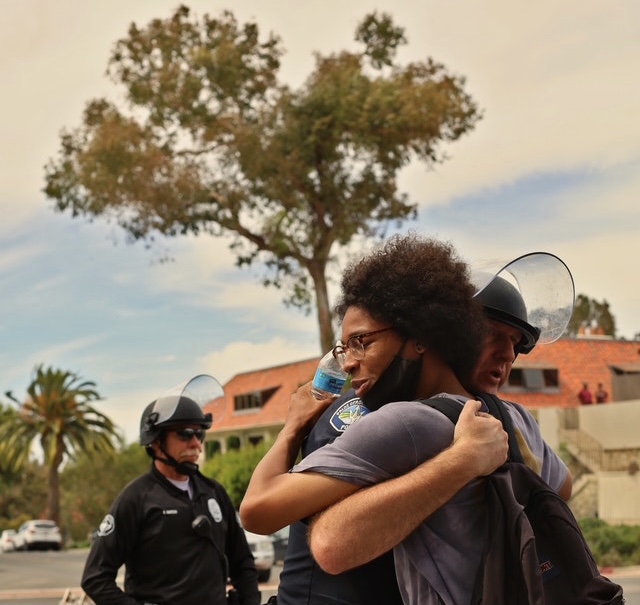Introduction
Community policing is a philosophy that focuses on building relationships between law enforcement officers and the communities they serve. It’s a collaborative approach that emphasizes problem-solving and proactive strategies to prevent crime and improve safety. In this blog post, we will explore the purpose of community policing and how it can benefit law enforcement agencies and the communities they serve.
Community policing has been around for decades, and it has evolved over time. The concept originated in the 1960s and 1970s as a response to rising crime rates and civil unrest in urban areas. The idea was to shift the focus of law enforcement from reactive responses to crime to a more proactive approach that involved working with the community to prevent crime.
Today, community policing is widely recognized as an effective strategy for enhancing public safety and building trust between law enforcement and the community. It’s a collaborative effort that involves not only law enforcement but also community members, government agencies, and other stakeholders.
The Importance of Building Trust
One of the primary goals of community policing is to build trust between law enforcement and the community. Trust is essential for effective policing, and it’s often a significant challenge in communities that have a history of strained relationships with law enforcement.
Building trust requires law enforcement to be transparent, accountable, and responsive to the needs and concerns of the community. It also requires officers to treat community members with respect and dignity and to work collaboratively with them to solve problems.
When trust is established, community members are more likely to report crimes and cooperate with police investigations. They are also more likely to support law enforcement efforts and to work with police to prevent crime.
Preventing Crime Through Collaboration
Community policing emphasizes proactive strategies to prevent crime rather than simply responding to it after the fact. This approach involves collaborating with community members to identify and address the underlying causes of crime.
For example, law enforcement can work with community members to identify areas in the community where crime is most prevalent and develop strategies to address those issues. This may involve increasing police presence in those areas, improving lighting or other physical conditions, or providing additional resources to at-risk youth.
Preventing crime through collaboration requires law enforcement to have a deep understanding of the needs and concerns of the community. It also requires officers to be creative and innovative in developing solutions to complex problems.
Enhancing Public Safety
Community policing is focused on enhancing public safety by preventing crime and building trust between law enforcement and the community. When community members feel safe, they are more likely to be engaged in their community and to support law enforcement efforts.
Effective community policing strategies have been shown to reduce crime rates and improve public safety in communities across the country. By working collaboratively with community members and other stakeholders, law enforcement can develop solutions to complex problems that are tailored to the unique needs of each community.
Enhancing public safety requires a commitment to ongoing collaboration and communication between law enforcement and the community. It also requires a willingness to adapt strategies and approaches as needed to address changing circumstances.
Strengthening Relationships with the Community
Community policing is focused on building relationships between law enforcement and the community. These relationships are built on trust, mutual respect, and a shared commitment to public safety.
Strengthening relationships with the community requires law enforcement to be visible and accessible in the community. Officers should be involved in community events and activities, and they should take the time to get to know community members on a personal level.
When law enforcement officers are seen as part of the community, rather than outsiders, they are more likely to be trusted and respected by community members. This, in turn, can lead to more effective policing and better outcomes for the community.
Section 6: Addressing Community Concerns and Needs
Community policing is focused on addressing the needs and concerns of the community. This requires law enforcement to be responsive to community members and to take their concerns seriously.
Officers should be trained to listen actively to community members and to provide appropriate responses to their concerns. This may involve providing information and resources, connecting community members with other agencies or organizations, or working collaboratively to develop solutions to complex problems.
Addressing community concerns and needs requires a commitment to ongoing communication and collaboration between law enforcement and the community. This can be challenging, but it is essential for building trust and maintaining effective relationships over time.
Fostering a Sense of Ownership in the Community
Community policing is focused on fostering a sense of ownership in the community. When community members feel that they have a stake in public safety and are actively involved in addressing community problems, they are more likely to support law enforcement efforts and to be engaged in their community.
Law enforcement can foster a sense of ownership in the community by involving community members in decision-making processes and by providing opportunities for them to participate in public safety initiatives. This may involve forming partnerships with community organizations, providing training and resources to community members, or establishing community policing committees or task forces.
When community members feel that they have a voice in public safety and are actively involved in addressing community problems, they are more likely to be invested in the success of those efforts. This can lead to more effective policing and better outcomes for the community.
Improving Officer Safety
Community policing is focused on improving public safety, but it can also improve officer safety. When law enforcement officers have strong relationships with the community, they are more likely to receive support and cooperation from community members in dangerous situations.
Building relationships with the community can also help law enforcement officers to identify and address potential threats before they escalate. This can help to prevent violence against officers and to improve overall safety for both law enforcement and the community.
Improving officer safety requires a commitment to ongoing communication and collaboration between law enforcement and the community. It also requires a willingness to address the underlying causes of crime and to work collaboratively to prevent violence.
Conclusion
Community policing is a philosophy that emphasizes collaboration, problem-solving, and proactive strategies to prevent crime and improve public safety. It’s a collaborative effort that involves not only law enforcement but also community members, government agencies, and other stakeholders.
The purpose of community policing is to build trust between law enforcement and the community, prevent crime through collaboration, enhance public safety, strengthen relationships with the community, address community concerns and needs, foster a sense of ownership in the community, and improve officer safety.
Effective community policing requires a commitment to ongoing communication and collaboration between law enforcement and the community. It also requires a willingness to adapt strategies and approaches as needed to address changing circumstances.
Section 10: Additional Resources
If you’re interested in learning more about community policing, there are many resources available online. Here are a few to get you started:
• Community Oriented Policing Services (COPS) – https://cops.usdoj.gov/
• National Institute of Justice (NIJ) – https://nij.ojp.gov/topics/articles/community-policing
• International Association of Chiefs of Police (IACP) – https://www.theiacp.org/topics/community-policing
Officer Survey is an invaluable tool for police departments looking to improve their community policing efforts. By gathering feedback from your community, departments can gain a better understanding of the needs and concerns of the communities they serve and tailor their approach accordingly. Take action today and leverage Officer Survey to strengthen your community policing efforts.








